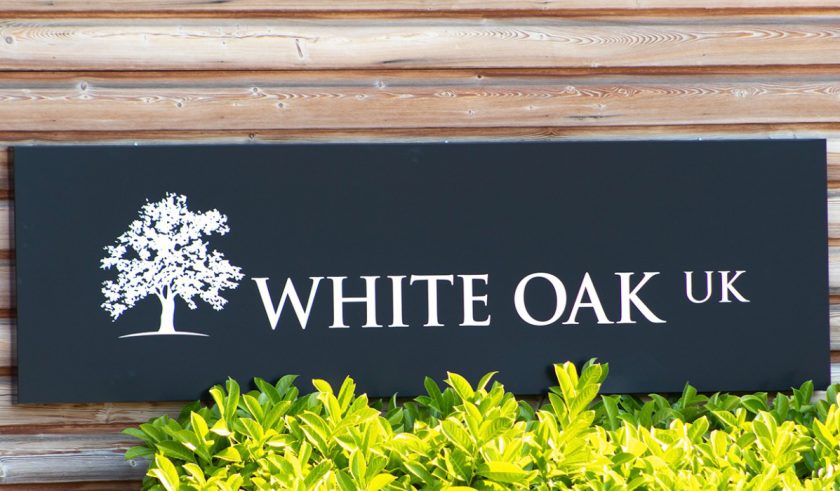The financial industry has been rattled by the ongoing legal battle involving the White Oak Global Advisors lawsuit. Allegations, ranging from mismanagement of client funds to fiduciary breaches, have, consequently, placed the firm under intense scrutiny. Moreover, this high-profile case has captured the attention of investors, regulators, and industry experts. As a result, its outcomes may, in turn, redefine standards and practices across the financial sector.
This article explores the key aspects of the lawsuit, its broader implications, and the valuable lessons it offers to the financial world.
White Oak Global Advisors: An Overview
White Oak Global Advisors is a prominent private credit and investment management firm. In particular, with a focus on empowering small and medium-sized enterprises (SMEs), the firm manages billions of dollars in assets. Moreover, its customized financing solutions span various industries, thus establishing it as a significant player in the investment landscape.
Despite its reputation for delivering capital solutions, recent developments have tarnished the firm’s image. The lawsuit highlights potential discrepancies in its operations and raises questions about the ethical standards underpinning its practices.
White Oak’s mission centers on helping businesses thrive through innovative financial solutions. However, the allegations cast doubt on whether the firm’s practices align with its stated values. Clients and industry observers are now questioning whether the firm’s governance and compliance measures were robust enough to prevent such a controversy.
The Allegations: Understanding the White Oak Global Advisors Lawsuit
The lawsuit against White Oak Global Advisors stems from serious allegations made by investors. These claims include:
1. Mismanagement of Client Funds
Investors allege that the firm misused client funds, resulting in substantial financial losses. This alleged mismanagement has not only damaged investor trust but also raised concerns about the firm’s internal governance structures. Mismanagement allegations often point to systemic issues within an organization, highlighting gaps in oversight that could allow such practices to occur.
2. Breach of Fiduciary Duty
At the heart of the lawsuit lies the accusation that White Oak failed to uphold its fiduciary responsibilities. Specifically, by allegedly withholding crucial information and prioritizing self-serving practices, the firm has faced accusations of neglecting its duty to act in its client’s best interests. Furthermore, fiduciary duty is a cornerstone of trust in financial relationships, and consequently, any breach can have far-reaching consequences for a firm’s credibility.
3. Lack of Transparency
Transparency is essential in financial services; however, investors claim that White Oak fell short in this regard. Specifically, by failing to provide sufficient disclosures about investment risks and strategies, the firm allegedly left its clients unable to make informed decisions. As a result, this lack of transparency undermines the principles of open communication and accountability, which are vital in building investor trust.
4. Negligence in Due Diligence
The firm is also accused of failing to conduct adequate due diligence before presenting investment opportunities to its clients. This negligence may have exposed investors to avoidable risks, reinforcing the importance of thorough research and evaluation in financial decision-making.
Legal Proceedings: Current Status and Developments

The lawsuit has undergone various stages, including preliminary hearings and the discovery phase. During this phase, both parties exchanged evidence and testimony to support their respective claims.
Discovery and Evidence Gathering
The discovery phase has provided both sides with an opportunity to present evidence, such as financial records and internal communications, that could either support or refute the allegations. This phase is critical in determining the strength of each party’s case.
Settlement Talks
Although no settlement has been reached, legal experts speculate that negotiations might occur to avoid a lengthy litigation process. A settlement could include financial restitution for investors and operational reforms for White Oak. However, reaching an agreement that satisfies all parties is often a complex and time-consuming process.
Regulatory Oversight
The case has drawn the attention of regulatory authorities, who are monitoring the proceedings closely. Potential penalties could include fines, sanctions, or mandates to strengthen compliance protocols. Regulatory bodies play a crucial role in ensuring that firms adhere to industry standards, and their involvement in this case underscores the seriousness of the allegations.
Implications for Investors and the Industry
The lawsuit holds significant consequences for investors and the financial community:
Financial Losses
Investors impacted by the alleged mismanagement face the risk of substantial financial losses. These events emphasize the importance of ensuring robust governance to safeguard client assets. Financial losses not only affect individual investors but also have a ripple effect on the firm’s reputation and future business prospects.
Erosion of Trust
The accusations against White Oak have eroded investor confidence, not only in the firm but also in the broader financial advisory sector. Rebuilding trust will, without a doubt, be a long and challenging process, requiring transparency and accountability at every level. Indeed, trust is the foundation of any successful financial relationship, and consequently, its loss can have lasting repercussions.
Stricter Due Diligence
Institutional investors are revisiting their due diligence processes, emphasizing the need for thorough risk assessments and transparency before committing to any investment. This renewed focus on due diligence serves as a reminder of the importance of evaluating all aspects of an investment opportunity, from its risks to its potential returns.
Lessons for the Financial Sector
The case provides critical insights into best practices for financial institutions:
1. Transparency Is Paramount
Transparency builds trust. Therefore, firms must disclose all relevant information about investment strategies, risks, and potential conflicts of interest. In turn, such openness enables clients to make informed decisions and safeguards their financial interests.
2. Rigorous Due Diligence Is Non-Negotiable
Investment firms must, therefore, conduct comprehensive due diligence. This includes, first and foremost, verifying financial data, assessing market risks, and ensuring the authenticity of investment opportunities. Moreover, a robust due diligence process not only protects clients but also enhances a firm’s credibility.
3. Accountability and Governance Matter
Strong internal governance is essential to prevent misconduct. Regular audits, mandatory compliance training, and ethical leadership can help establish accountability and restore investor confidence.
White Oak’s Response to the Allegations

In response to the lawsuit, White Oak Global Advisors has implemented several measures:
Internal Review
The firm has initiated a thorough internal review of its practices. This review focuses on identifying areas for improvement and addressing any lapses in compliance.
Compliance Enhancements
To prevent future issues, White Oak has strengthened its compliance protocols and risk management frameworks. These measures aim to reinforce ethical practices across the organization.
Stakeholder Communication
White Oak is actively engaging with its investors to address their concerns and provide updates. Furthermore, transparent communication plays a vital role in rebuilding trust, while also demonstrating the firm’s commitment to rectifying past mistakes.
The Broader Industry Impact
The White Oak Global Advisors lawsuit serves as a wake-up call for the financial industry. It highlights the need for reforms in compliance, governance, and investor relations.
Regulatory Changes
The lawsuit may prompt regulators to introduce stricter disclosure requirements and fiduciary standards. Enhanced monitoring and penalties for non-compliance could deter similar misconduct in the future.
Investor Behavior
Investors are likely to adopt a more cautious approach, emphasizing thorough research and independent verification of information before making investment decisions.
Strengthening Industry Practices
The case underscores the need for the financial industry to establish higher standards of practice. Specifically, this includes fostering a culture of integrity, prioritizing investor interests, and, moreover, ensuring that firms are held accountable for their actions.
Conclusion
The White Oak Global Advisors lawsuit underscores the importance of transparency, accountability, and ethical practices in the financial sector. While the case continues to unfold, it serves as a reminder of the critical role fiduciary duty plays in maintaining trust and stability.
By prioritizing investor interests and adhering to industry best practices, financial institutions can, consequently, restore confidence and strengthen their relationships with stakeholders. Furthermore, for White Oak, the steps taken in response to these allegations will ultimately determine its ability to rebuild its reputation and adapt to the evolving regulatory landscape.
This case offers valuable lessons for the industry, encouraging firms to reflect on their practices and reaffirm their commitment to ethical standards. In doing so, they can ensure long-term success while safeguarding the interests of their clients.

